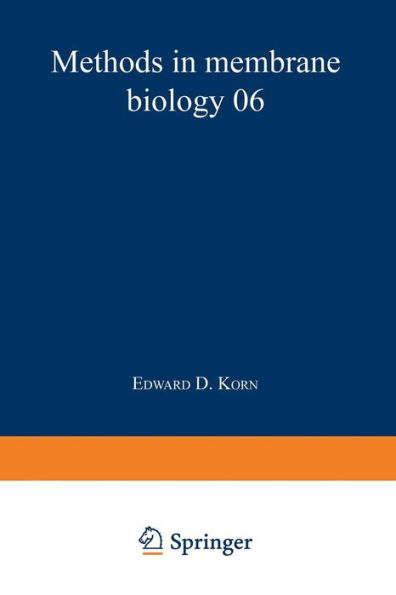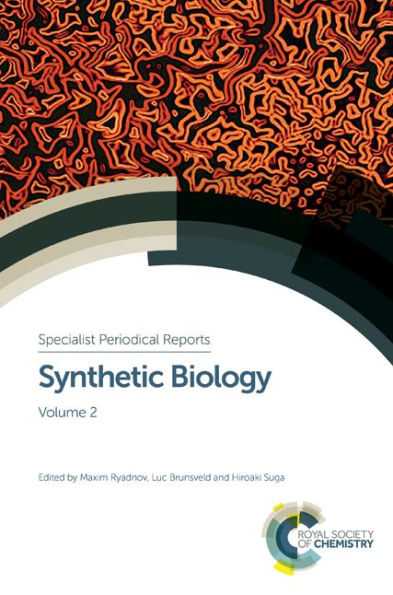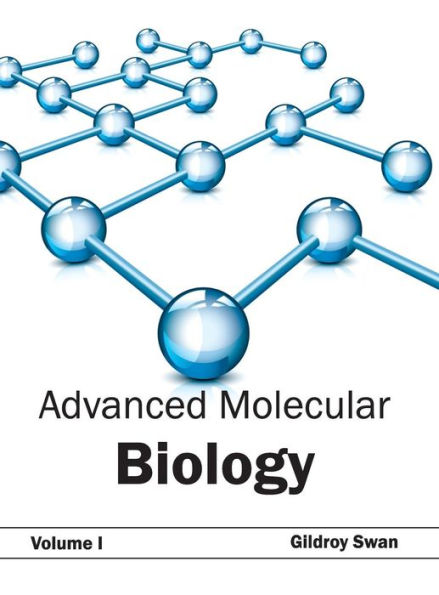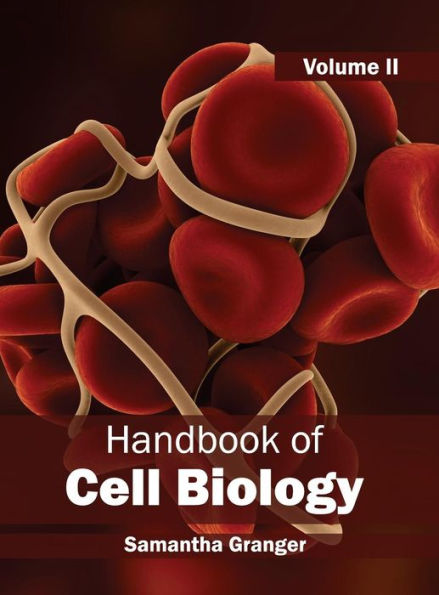Home
Methods in Membrane Biology: Volume 6
Barnes and Noble
Loading Inventory...
Methods in Membrane Biology: Volume 6
Current price: $54.99

Barnes and Noble
Methods in Membrane Biology: Volume 6
Current price: $54.99
Loading Inventory...
Size: OS
*Product information may vary - to confirm product availability, pricing, shipping and return information please contact Barnes and Noble
Less than a year before this writing, a Nobel Prize was shared by Albert Claude, Christian de Duve, and George Palade, pioneers in the development of modern cell biology, of which membrane biology is an integral part. For many years, a seemingly unbridgeable gap separated the physiologist working at the organ level from the biochemist studying the molecular composition of cell constituents and the chemical reactions that occur in water-soluble extracts of cells. Physiology has a long history, and the disciplines epitomized by intermediary metabolism and molecular biology progressed rapidly during the 1950s and 1960s. Meanwhile, electron micros copists painstakingly mapped the newly discovered intracellular world of membranes, organelles, microtubules, and microfilaments, and other scien tists developed techniques for the quantitative separation and characteriza tion of these intracellular structures. Thus it finally became possible to localize the many enzymes, and the metabolic activities they catalyze, to recognizable structures whose composition and organization can be studied. We are now well on our way to bridging that gap between biochemistry and physiology-to understanding how the cell functions.
Less than a year before this writing, a Nobel Prize was shared by Albert Claude, Christian de Duve, and George Palade, pioneers in the development of modern cell biology, of which membrane biology is an integral part. For many years, a seemingly unbridgeable gap separated the physiologist working at the organ level from the biochemist studying the molecular composition of cell constituents and the chemical reactions that occur in water-soluble extracts of cells. Physiology has a long history, and the disciplines epitomized by intermediary metabolism and molecular biology progressed rapidly during the 1950s and 1960s. Meanwhile, electron micros copists painstakingly mapped the newly discovered intracellular world of membranes, organelles, microtubules, and microfilaments, and other scien tists developed techniques for the quantitative separation and characteriza tion of these intracellular structures. Thus it finally became possible to localize the many enzymes, and the metabolic activities they catalyze, to recognizable structures whose composition and organization can be studied. We are now well on our way to bridging that gap between biochemistry and physiology-to understanding how the cell functions.

















